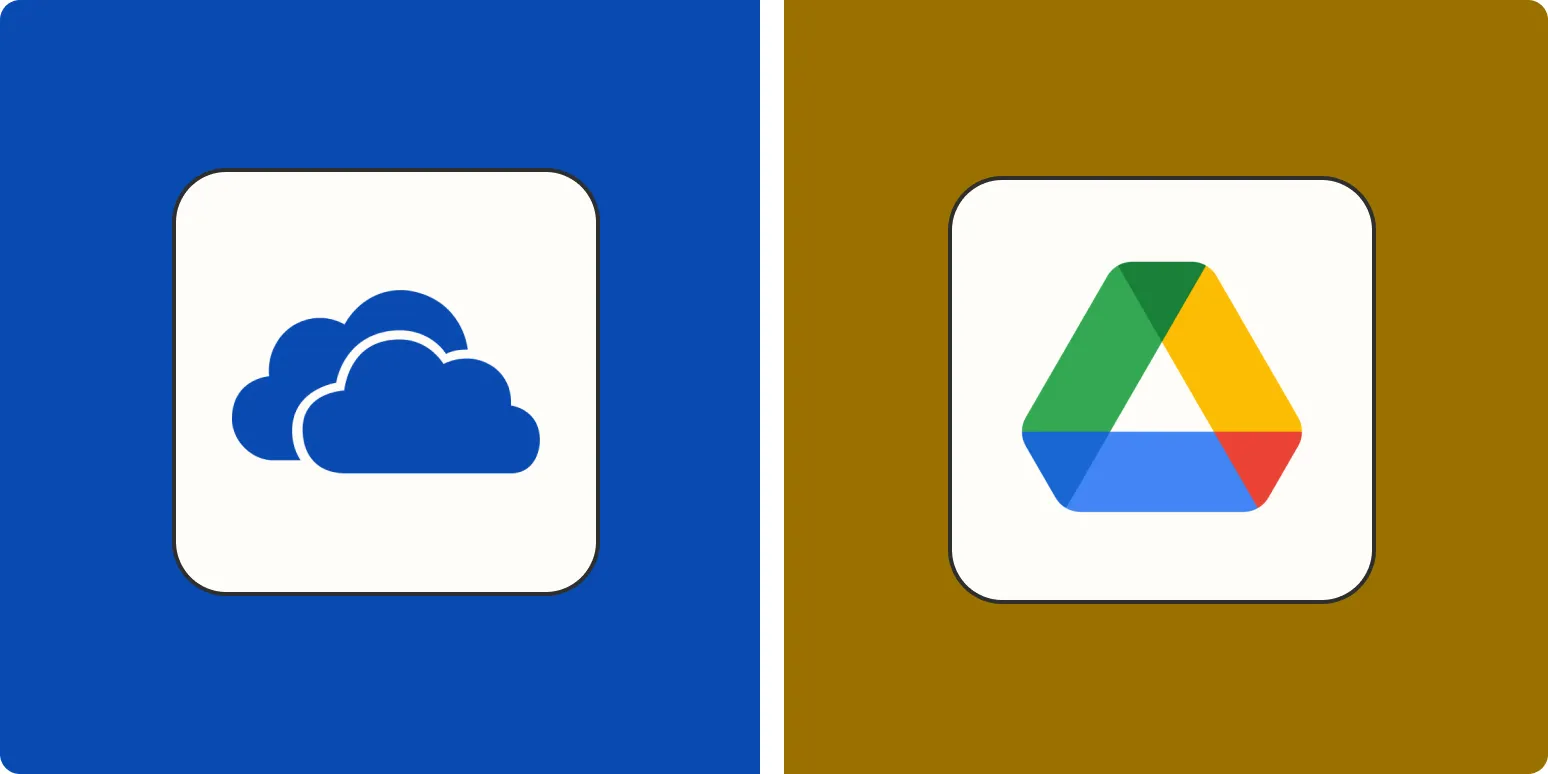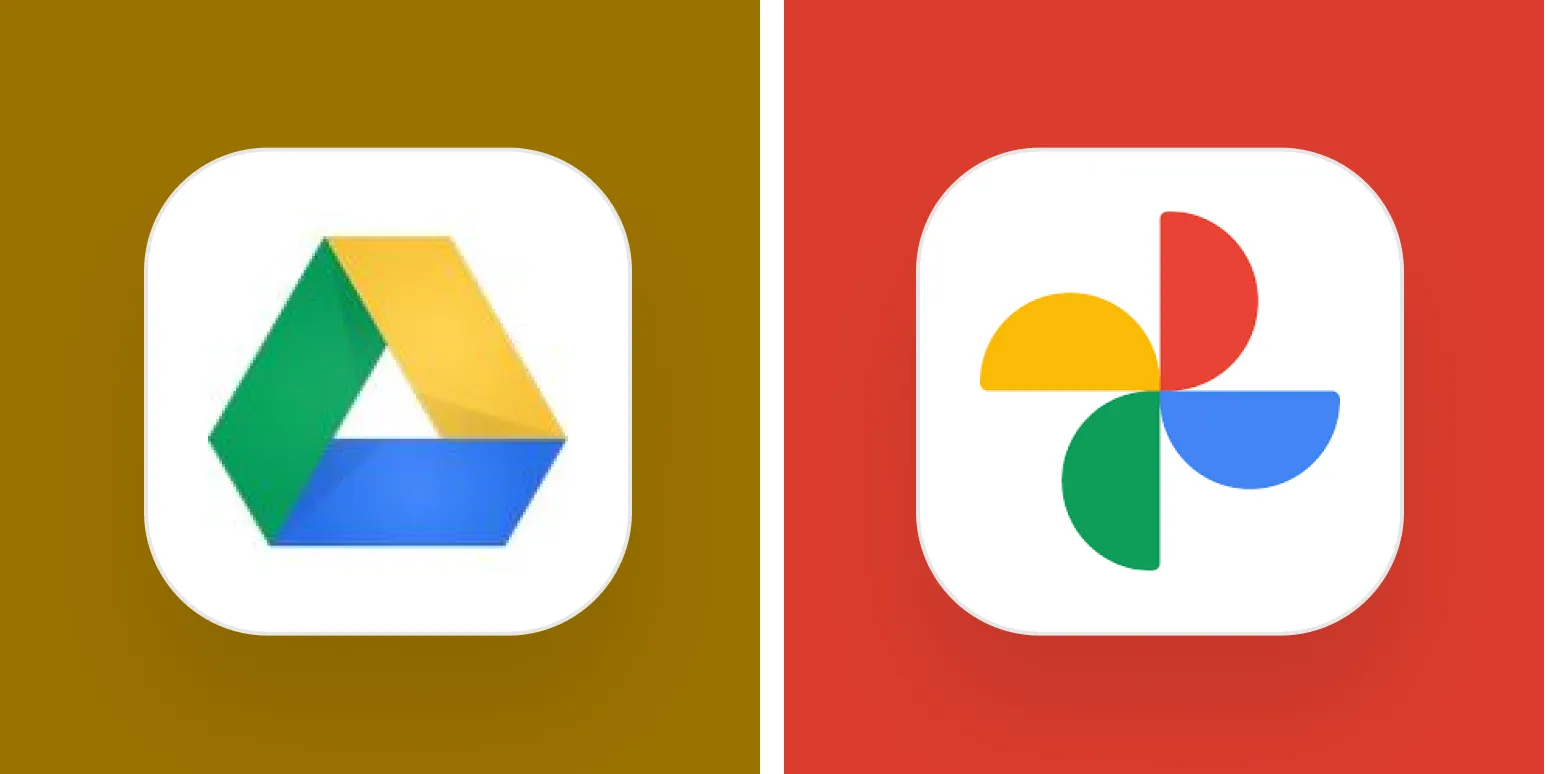Overview of Cloud Storage Options
Cloud storage has transformed how we manage and share our files. ''OneDrive'' and ''Google Drive'' are two of the most popular cloud storage solutions available today. Both platforms offer unique features tailored to different user needs. In this article, we will compare OneDrive and Google Drive to help you determine which cloud storage option is best for you.
Key Features Comparison
| Feature | OneDrive | Google Drive |
|---|---|---|
| Storage Capacity | 5 GB free; up to 6 TB paid | 15 GB free; up to 2 TB paid |
| File Sharing | Share files with links; password protection available | Share files with links; add collaborators easily |
| Office Integration | Seamless integration with Microsoft Office | Integration with Google Workspace (Docs, Sheets, etc.) |
| Collaboration Tools | Real-time collaboration | Real-time collaboration |
| Platform Compatibility | Windows, macOS, iOS, Android | Windows, macOS, iOS, Android |
User Interface and Experience
The ''user interface'' of both OneDrive and Google Drive is designed to be intuitive, but they have different aesthetics and functionalities. OneDrive features a clean, minimalist design that aligns well with other Microsoft products. It provides easy access to files and folders, with options to view recently accessed documents and shared content prominently displayed.
On the other hand, Google Drive boasts a more colorful and vibrant interface. It includes a powerful search function that helps users quickly locate files. The sidebar allows easy navigation between different Google services, making it convenient for those who utilize the entire Google Workspace ecosystem.
File Management and Organization
When it comes to ''file management'', both OneDrive and Google Drive offer robust options. OneDrive allows users to create folders and subfolders for better organization. Additionally, the ''personal vault'' feature provides an extra layer of security for sensitive files.
Google Drive also supports folder creation, along with the ability to add color-coded folders for visual organization. It integrates features such as ''starred items'', which enable users to mark important files for quick access. This can be particularly beneficial for users who manage a large number of files and need a streamlined way to find critical documents.
Pricing Plans
Both OneDrive and Google Drive offer a range of pricing plans suitable for different needs. Here’s a breakdown of their pricing structures:
| Plan | OneDrive | Google Drive |
|---|---|---|
| Free | 5 GB | 15 GB |
| Microsoft 365 Personal | 1 TB + Office Apps - $69.99/year | N/A |
| Microsoft 365 Family | 6 TB (1 TB per user for up to 6 users) - $99.99/year | N/A |
| Google One Basic | N/A | 100 GB - $19.99/year |
| Google One Standard | N/A | 200 GB - $29.99/year |
| Google One Premium | N/A | 2 TB - $99.99/year |
Security Features
Security is a crucial factor when choosing a cloud storage provider. ''OneDrive'' offers file encryption both at rest and in transit. It also provides features like ''personal vault'', which requires two-factor authentication for extra protection. This makes it an excellent choice for users concerned about data security.
Similarly, ''Google Drive'' employs encryption for files both at rest and in transit. Google also has a robust security infrastructure, including advanced threat detection and spam filtering. However, users are encouraged to enable two-factor authentication for an added layer of security.
Conclusion: Which is Best for You?
Ultimately, whether you choose ''OneDrive'' or ''Google Drive'' will depend on your specific needs. If you are already invested in the Microsoft ecosystem and require seamless integration with Office applications, OneDrive may be the better option. On the other hand, if you rely heavily on Google services and require more free storage, Google Drive is an excellent choice.
Both platforms provide solid collaboration tools, strong security features, and user-friendly interfaces. Assess your requirements and choose the cloud storage option that aligns best with your workflow and preferences.





